Tran Quoc Pagoda
A cultural relic - A religious institute - A historical witness
Vietnamese has long been known for their rich spiritual life and a visit to Tran Quoc Pagoda will certainly illuminate this thesis.
Overview
Situated on a picturesque peninsula on the eastern side of Hanoi’s West Lake, Tran Quoc Pagoda is recognized as the oldest pagoda in Hanoi, with a history that spans over 1,500 years.
The architectural design of this Buddhist sanctuary elegantly complements the serene landscape and tranquil atmosphere of West Lake. These historical and architectural attributes make Tran Quoc Pagoda a significant attraction for both domestic and international tourists.
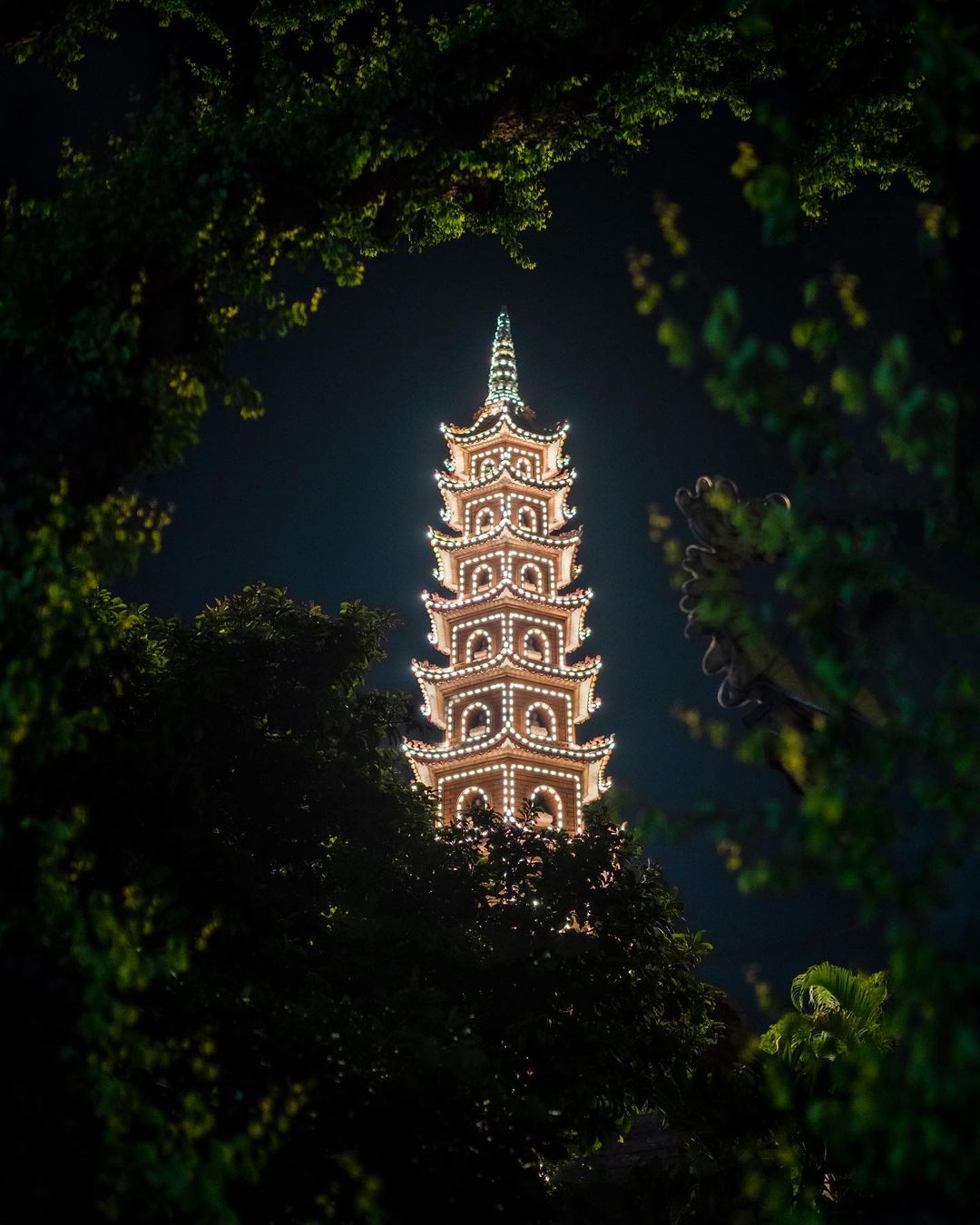 Tran Quoc Pagoda's iconic stupa illuminated at night
Tran Quoc Pagoda's iconic stupa illuminated at night
History
Originally named "Khai Quoc" (Opening a Country) during the reign of King Ly Nam De (544-548 AD), the pagoda was located along the banks of the Red River, in what is now the Yen Phu Ward of Tay Ho District. In the 15th century, under King Le Thai Tong, it was renamed "An Quoc," which translates to "Peaceful Country."
In 1915, severe erosion severely compromised the structure's foundation, prompting authorities to relocate the entire pagoda to Kim Ngư Island on the eastern shore of West Lake, its present location.
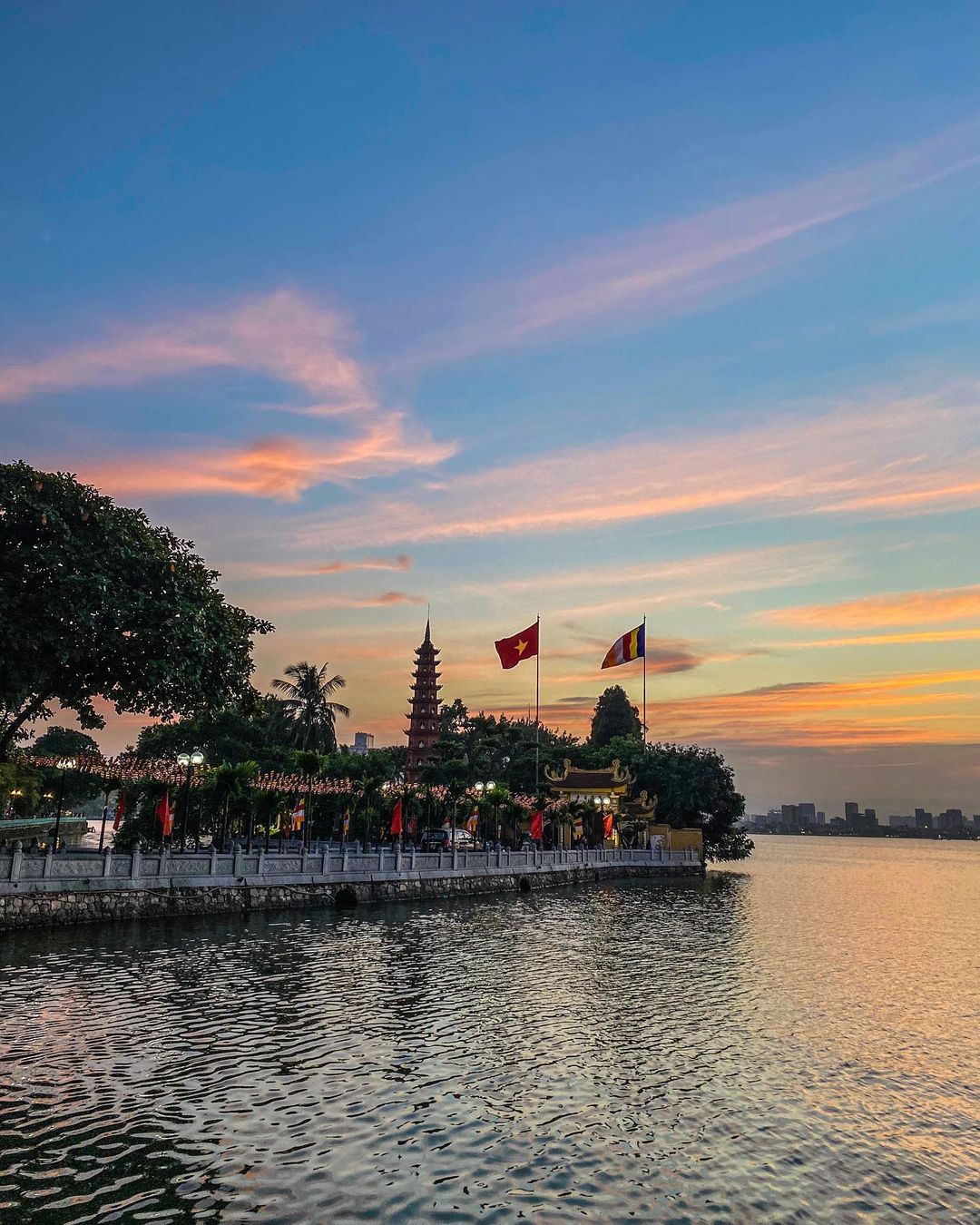 Photo: @nomad_dazz
Photo: @nomad_dazz
The name change continued until it was ultimately designated "Tran Quoc Pagoda," meaning "Protecting the Country," during the reign of King Le Huy Tong (1681-1705). Each name reflects the milestones in the nation's history and the aspirations of its people connected to this sacred site.
Landscape and Architecture
Well-known for its breathtaking scenery and sacred ambiance, Tran Quoc Pagoda was a favored site for Vietnamese royals, particularly during festivals, full moon days, and Tet holiday. Although urbanization has altered its surrounding landscape, the pagoda retains its historical prominence.
The 3,000 m² complex features a main gate facing the bustling Thanh Nien Road and consists of multiple tiers of buildings, including three primary halls: "Tiền Đường," an incense burning hall, and "Thượng Điện." These buildings are systematically arranged in a layout resembling the character "Công" (工).
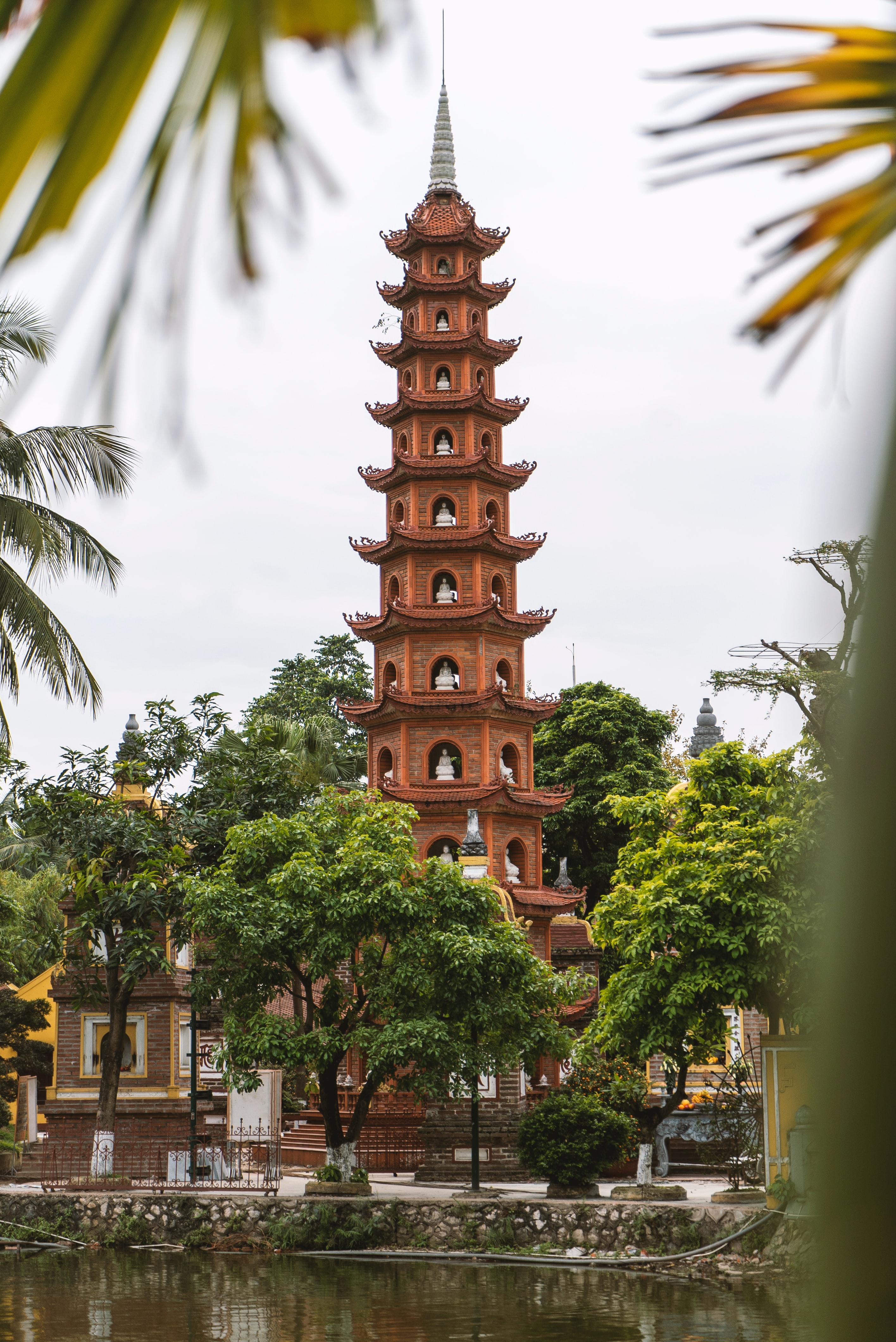 Photo by David Emrich on Unsplash
Photo by David Emrich on Unsplash
One of the precinct’s highlights is a striking stupa built in 1998. This 15-meter high stupa features 11 levels, each adorned with a vaulted window showcasing a statue of Amitabha crafted from gemstone. At the top sits a nine-tiered lotus (Cửu Đỉnh Liên Hoa), also carved from gemstone. Notably, it is positioned in harmony with a 50-year-old Bodhi tree, gifted by the former President of India during his visit to Hanoi in 1959. Abbots of Tran Quoc Pagoda, including Thich Thanh Nha, articulate that the lotus symbolizes the Buddha, while the Bodhi tree stands for supreme knowledge.
Moreover, Tran Quoc Pagoda hosts a small museum of priceless antiques dating from hundreds to thousands of years. The intricately carved and polished statues, showcasing stellar craftsmanship, include the renowned "Thích Ca Thập Niết Bàn," which is considered one of the most exquisite representations of Buddhist art in Vietnam.
With its rich tapestry of historical and architectural significance, Tran Quoc Pagoda serves not only as a cherished Buddhist sanctuary for devotees but also as a must-visit destination for cultural enthusiasts exploring Vietnam.
Things to Know Before You Go
- Pagodas are sacred spaces in Vietnam; please respect local customs while visiting.
- As the oldest pagoda in Hanoi and an important religious center, Tran Quoc Pagoda draws many locals, especially on the first and fifteenth days of each lunar month and during significant events like Vesak and Tet. If you observe crowded worshippers, kindly refrain from taking photos or making loud noises.
- Appropriate attire is required; visitors should avoid shorts and sleeveless shirts.
- Make sure to leave your shoes outside before entering any enclosed areas.
Useful Information
- Location: Tran Quoc Pagoda
- Best for: Solo, Family, Couple
- Entrance: Free
- Hours: 8:00 - 16:00, everyday
- Distance to city center: 2.3km (1.4 mi)
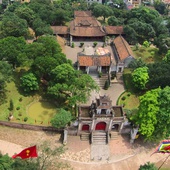
Co Loa Citadel
Being a cultural heritage, a testament to the creativity and technical skills of the old Vietnamese, Co Loa Citadel is definitely an ideal tourist destination that visitors cannot ignore when visiting Hanoi.
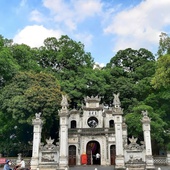
Quan Thanh Temple
Located on Thanh Nien Street, Quan Thanh Ward, Ba Dinh District, Hanoi, Quan Thanh Temple is a Taoist temple and known as one of Hanoi’s four sacred temples which were built to worship four protectors in four directions.
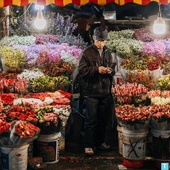
Quang Ba Flower Market
Without the normal hustle and bustle of normal markets, Quang Ba Flower Market is charming in its own way.








